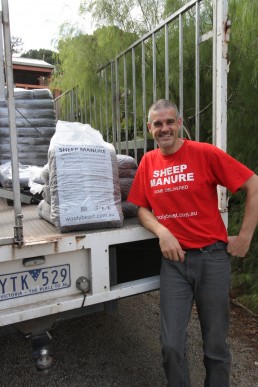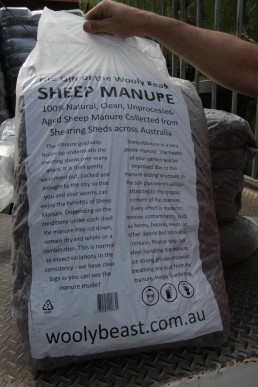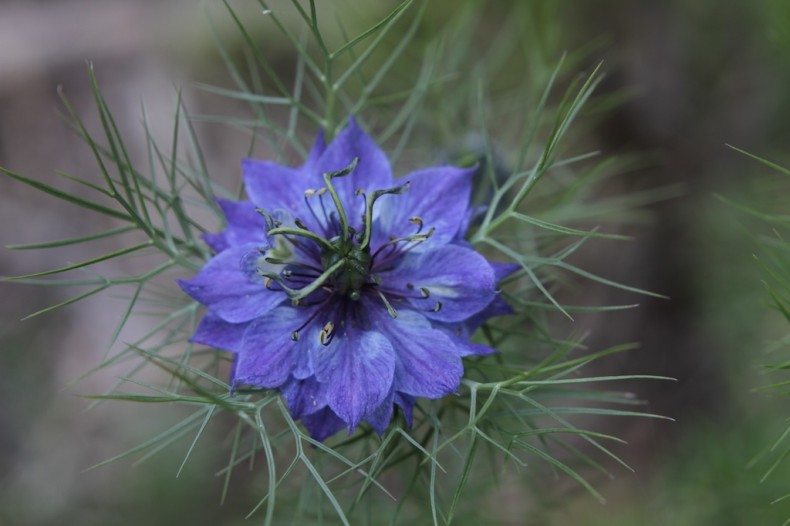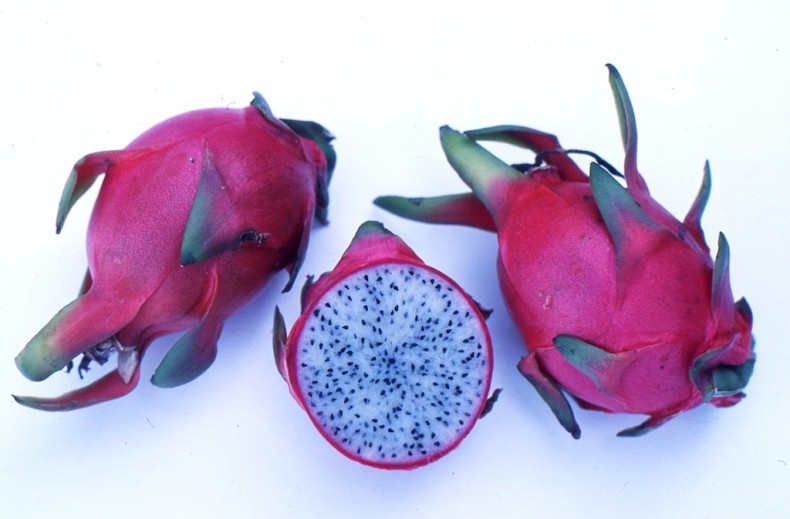by Penny Woodward
In searching for the best manure to use in my garden I drew up a list of requirements. I needed to be sure that:
1.It was not full of chemicals like pesticides and worming agents.
2. It was easy to handle.
3. It hadn’t travelled too far to get to me.
4. It wasn’t full of weed seed.
5. It wasn’t too fresh.
6. It wasn’t too expensive.
The best result would be a nearby organic farm that was happy for me to collect the manure for free. Unfortunately that doesn’t exist in my area and organic farmers these days realise the value of their manure and either use it themselves or charge well (quite legitimately) for it to be removed. Local chook farms are not organic as the manure is full of the pesticides used to keep pests at bay, a definite no! I have used local horse manure, but always compost it first as I never know whether the horses have been recently wormed. Although horse manure has weeds, if I collect it locally, they will be local weeds so chances are I already have them in the garden. But last year I found an alternative solution. I discovered The Gift of the Wooly Beast (lovely name) and since then this product has been the only manure I have used in the garden. Read more




